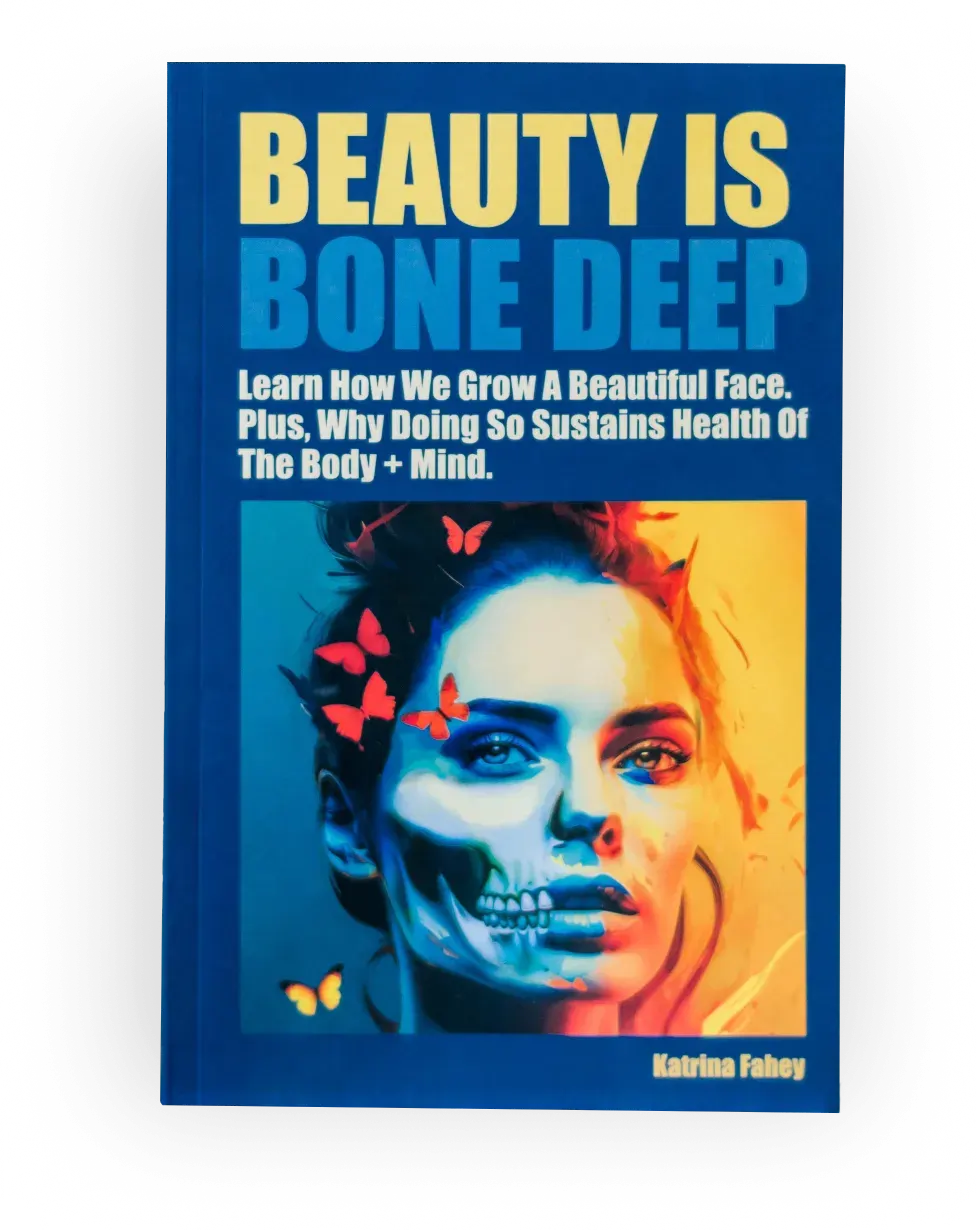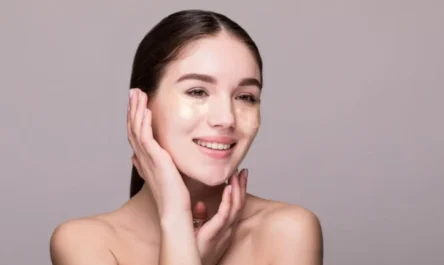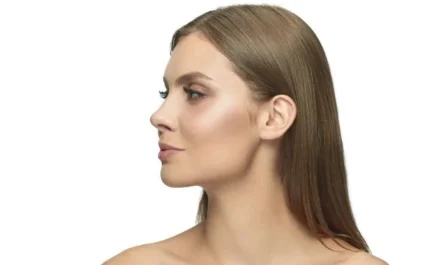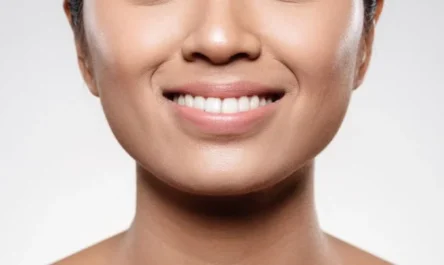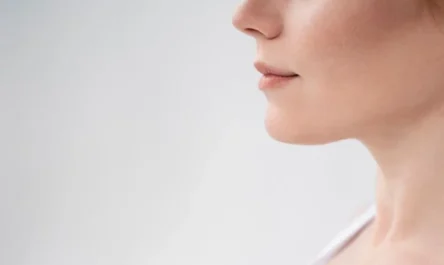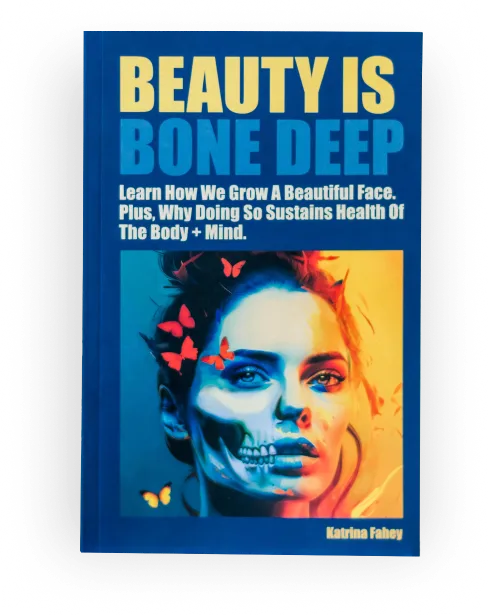When it comes to your face, your nose takes up considerable real estate. As a society we are all led to believe our beauty is determined by a set of characteristics deemed attractive and aesthetically pleasing (conveniently labelled as the ‘universal markers of beauty’) so naturally we all want to see a straight nose when looking in the mirror. The truth is though, many people seek rhinoplasty surgery to address compromised nasal breathing and a nasal hump, not realising that both stem from a high vaulted palate (mouth roof).
Incorrectly, people assume that a childhood accident or sporting injury is responsible for their bent nose and compromised breathing. Unfortunately, they often find that even after septoplasty surgery to straighten their bent septum, their airflow remains unchanged.

Impacts of a narrow mouth roof
The development of a high vaulted palate can be influenced by genetic factors, environmental factors, or a combination of both, and can contribute to specific facial characteristics such as a narrow upper jaw or a more pronounced curvature in the roof of your mouth. It can also be associated with breathing difficulties, particularly if it impacts your nasal passages, contributing to nasal airway obstruction and affecting overall respiratory function.
Having a narrow mouth roof also impacts the appearance of your cheekbones, eye sockets, nose, and lips, as the centre of your face is more sunken or deep-set than its genetic potential. The narrow mouth roof, which also serves as the floor of your nasal cavity, can hinder both aesthetics and airflow. This leads us back to the overall benefit of creating a well developed jaw; the breadth it offers your nasal passage, allowing for ample oxygenation, which in turn impacts your facial structure.

How to get a straight nose
If you are wondering how to get a straight nose naturally, you’re not alone. You may have heard of “mewing” and speculated at how this practice can improve your nose. Mewing is a series of exercises engaging proper tongue posture, and whilst doing these exercises your entire jaw moves forward, initiating changes in the rest of your face. Please understand that whilst mewing isn’t the answer for treating an oversized nose, it can alter its general appearance. In short, you’ll still have the same shaped nose, but the surrounding soft tissue and features will move, reshaping it, making it appear less prominent, and can also possibly reduce the nasal hump caused by facial recession.
More importantly, implementation of mewing exercises can offer support to the upper part of the bridge of your nose, straightening your nasal septum and thereby freeing your airways and improving breathing. Mouth breathing can be a long-term problem from a young age for a variety of reasons which can lead to a ‘mouth breather’s face’ – which characteristically shows a tired look, narrow jaw and low tongue posture. In some cases, you might notice a crooked nose and crooked teeth.
Learning correct nasal breathing posture has a wide range of health benefits as well as impacting your facial structure.

